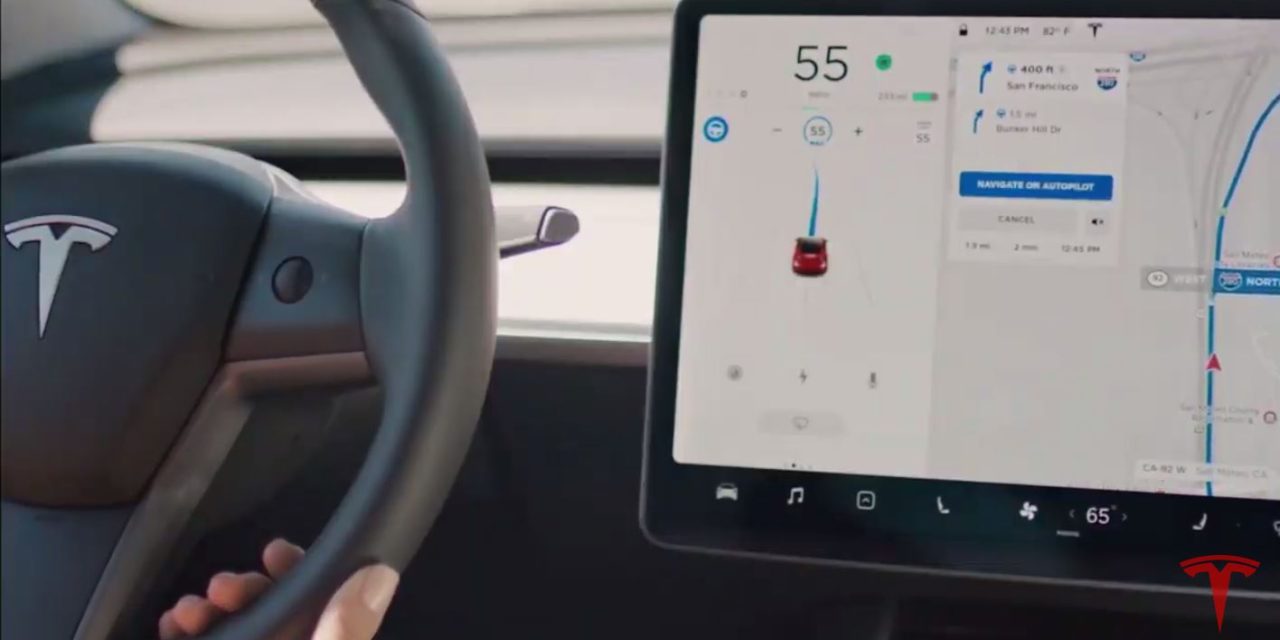TESLA/YOUTUBE
ALEXANDRIA SAGE
Source: autonews.com, April 2019
Central to this promise is a new microchip for self-driving vehicles unveiled by Musk on Monday during a webcast presentation. Made by Samsung Electronics Co. in Texas, the chip now in all vehicles is designed to give Tesla an edge over rivals and show its massive investment in autonomous driving — described by Musk as “basically our entire expense structure” — will pay off.
Tesla switched over to its own chips and self-driving computer from Nvidia’s for the Model S and Model X about a month ago, and for the Model 3 about 10 days ago, Musk told investors at Tesla’s headquarters in Palo Alto, California. Samsung will manufacture the chips in Austin, Texas, he said.
The webcast presentation came two days before Tesla is expected to announce a quarterly loss on fewer deliveries of its Model 3 sedan, which represents Tesla’s attempt to become a volume car maker.
“The fundamental message consumers should be taking away today is it’s financially insane to buy something other than a Tesla. It’s like buying a horse,” saying Tesla was the only company to have a full self-driving suite of hardware.
Tesla’s use of the term “full self-driving” garners criticism, as it sells such an option today that is not yet “Level 4,” or fully autonomous by industry standards, in which the car can handle all aspects of driving in most circumstances with no human intervention. Musk has said that with the hardware complete, improvements in software will allow vehicles to fully drive themselves in future.
The technology faces many regulatory hurdles both in Washington and from local governments.
Global carmakers, large technology companies and startups are developing self-driving – including Alphabet Inc.’s Waymo and Uber Technologies Inc. — but experts say it will be years before the systems are ready for prime time.
“A year from now we’ll have over a million cars with full self-driving, software, everything,” Musk predicted.
Tesla has been working on a self-driving chip since 2016 and Musk had previously forecast that cars would be fully self-driving by 2018, a target Tesla has missed.
Investors appeared unmoved by the chip announcement but shares rose slightly in after-hour trading following the announcement of the robotaxis.
Tesla shares, which often move upward when Musk unveils a new vehicle or initiative, fell 3.8 percent to close at $262.75 in New York on Monday.
Wedbush analyst Daniel Ives said Tesla’s robotaxi target was “impressive” but added that investors will be concerned by “the practicality and financial implications of this endeavor especially with Waymo miles ahead of theautonomous competition.”
More pressing for analysts, he said, were concerns about demand for the Model 3 and whether Tesla may seek new financing.

